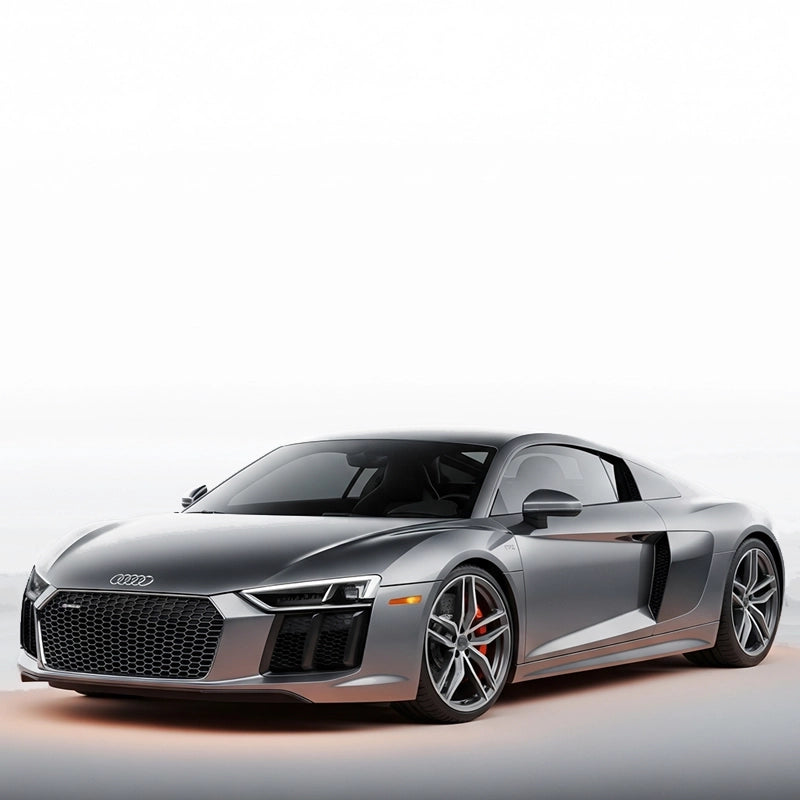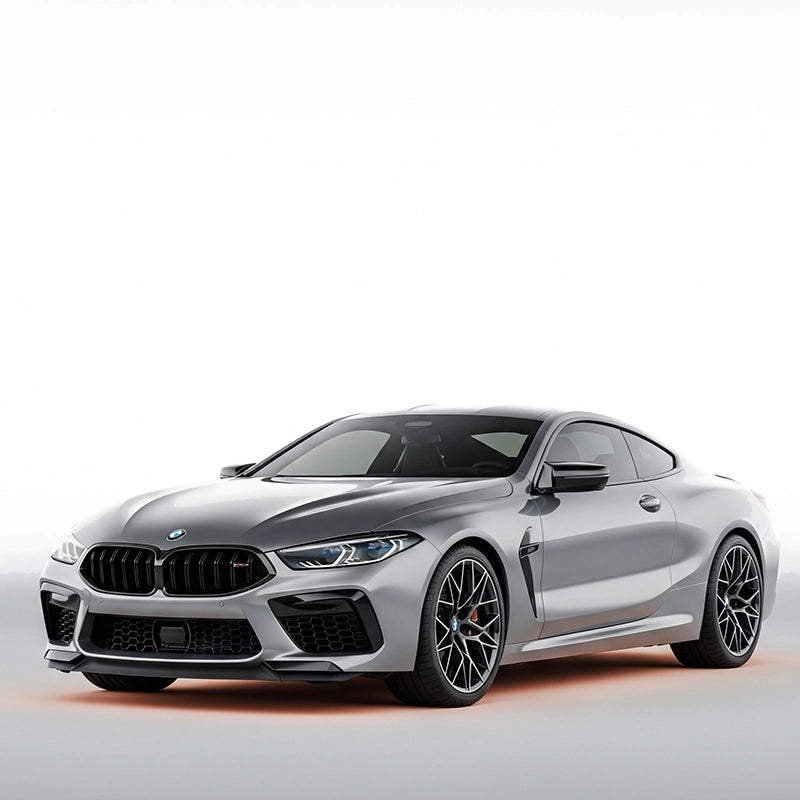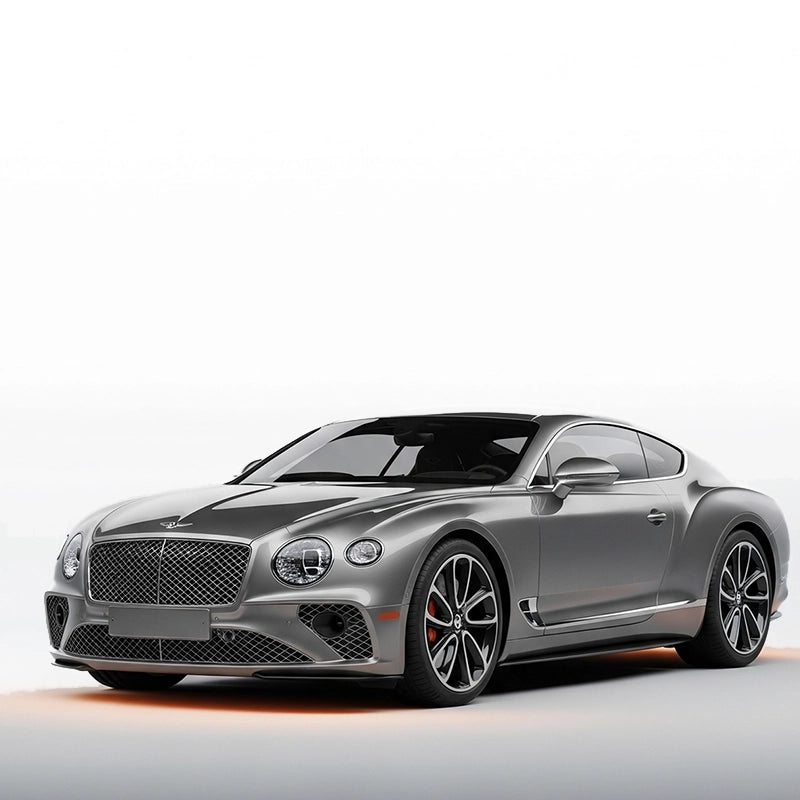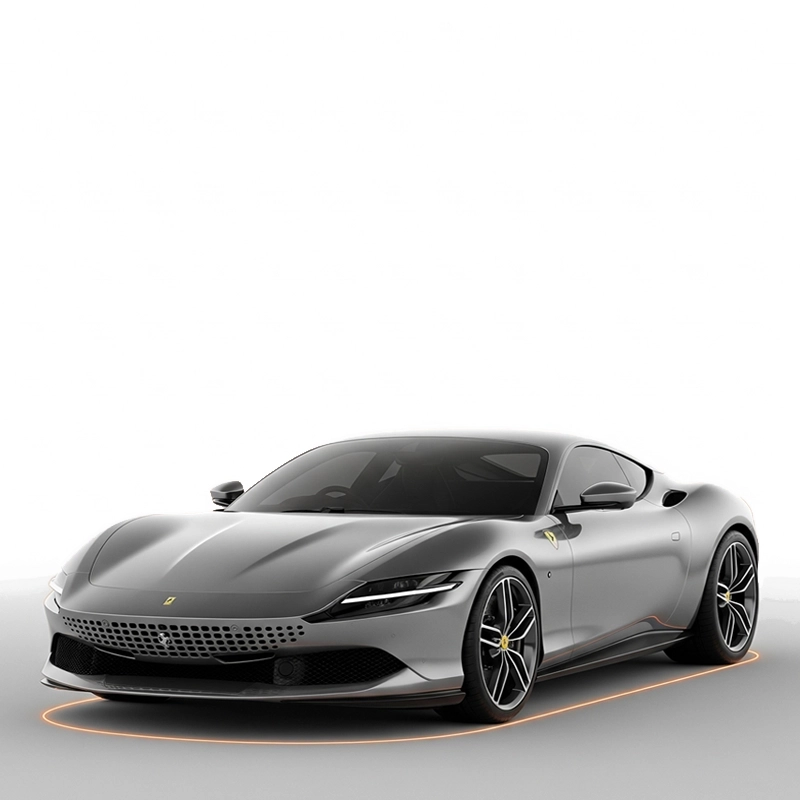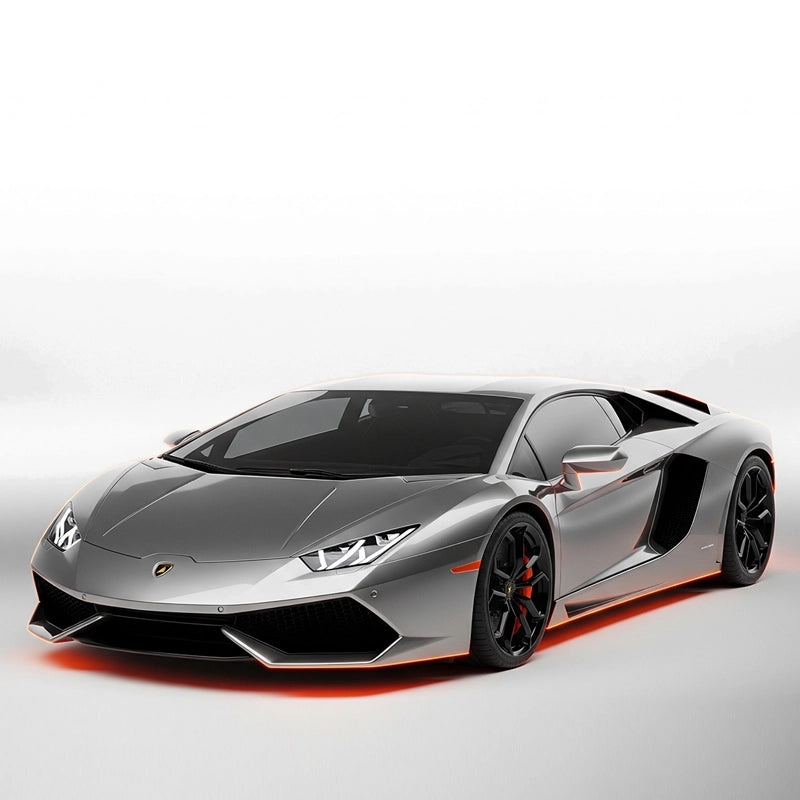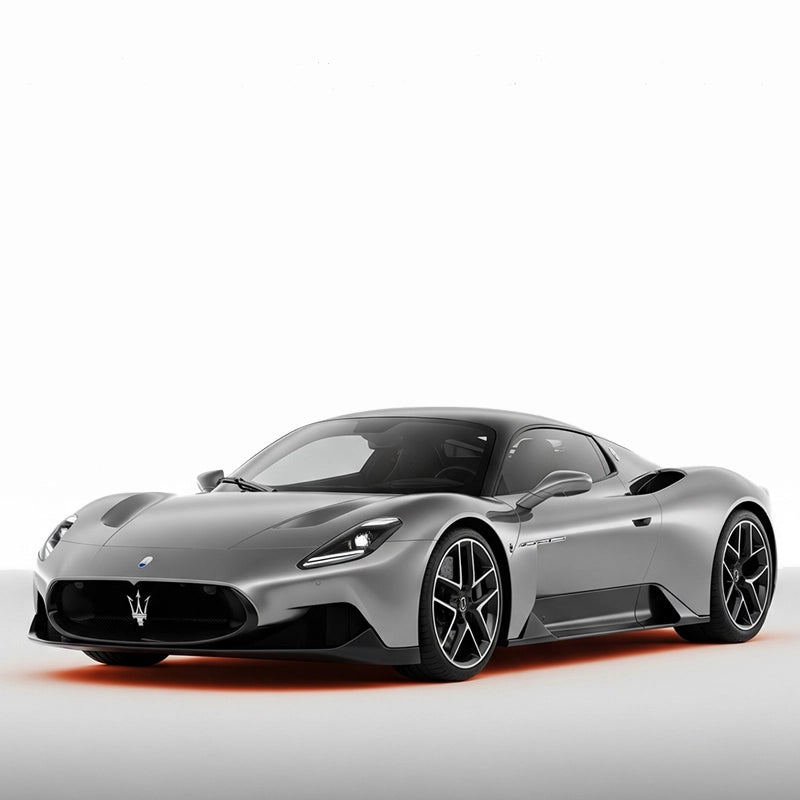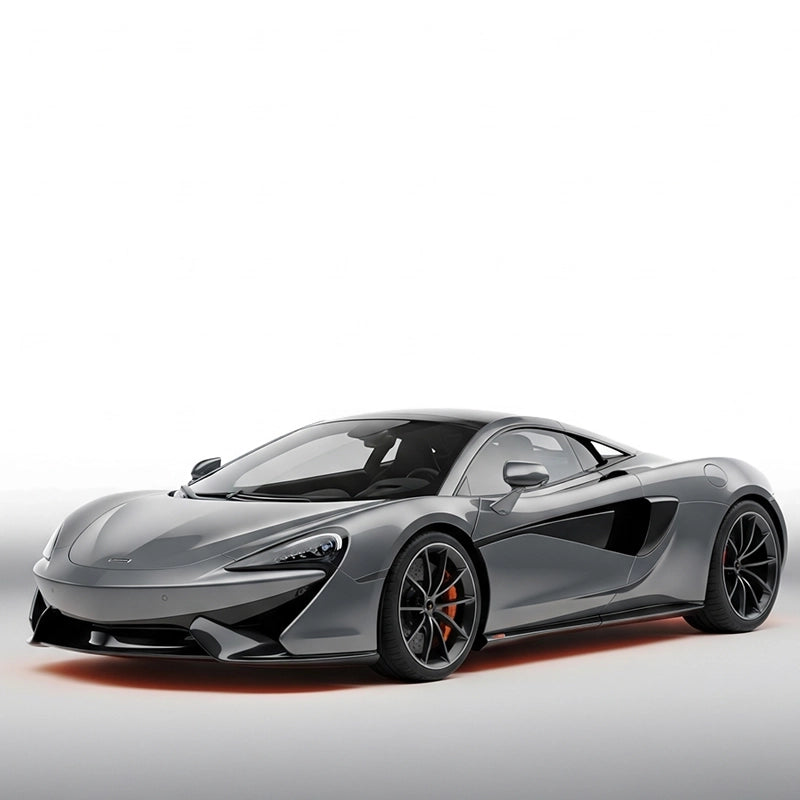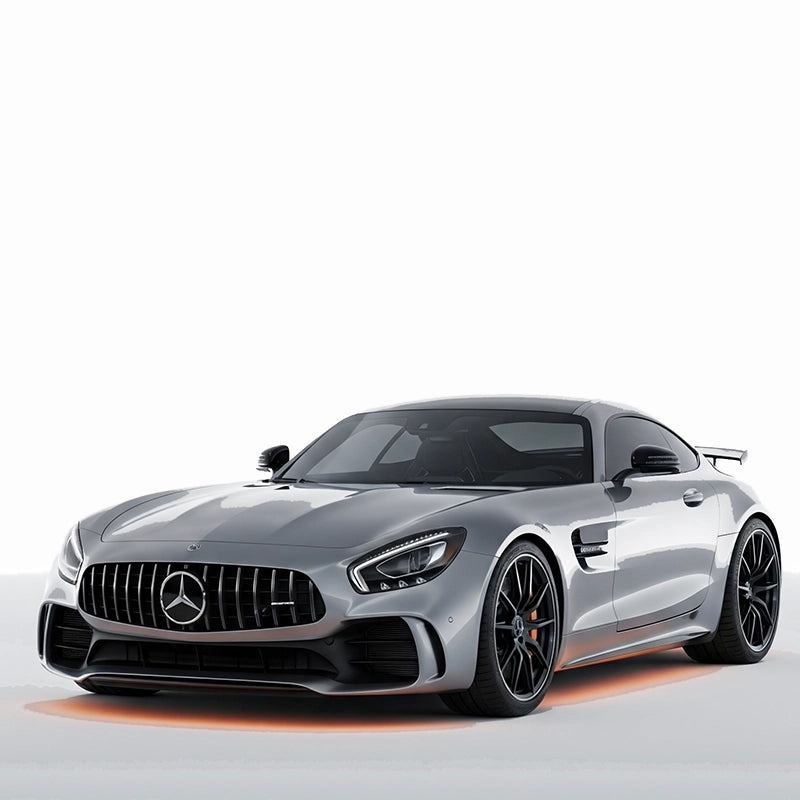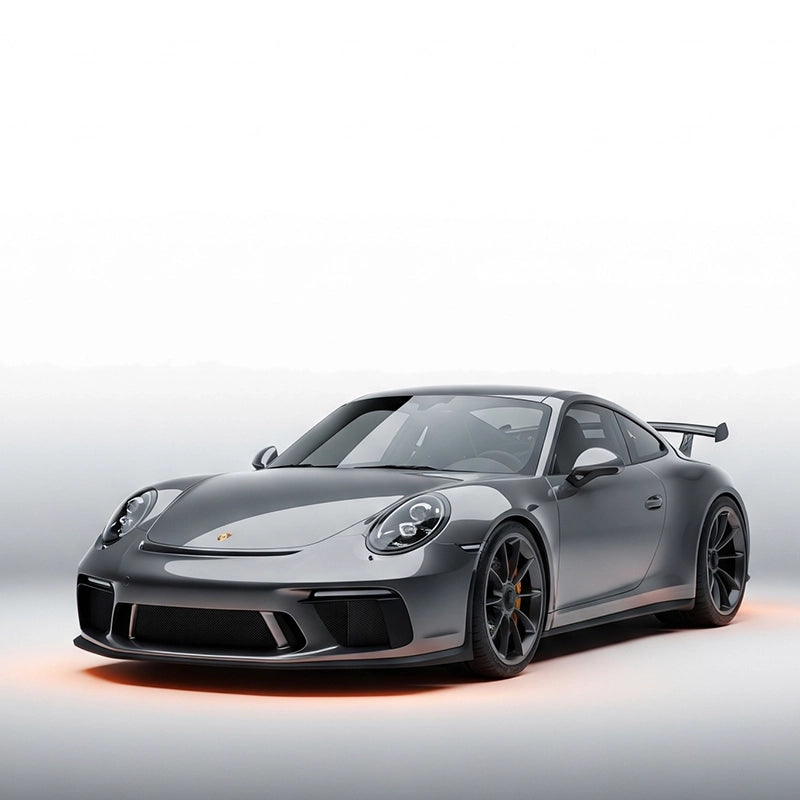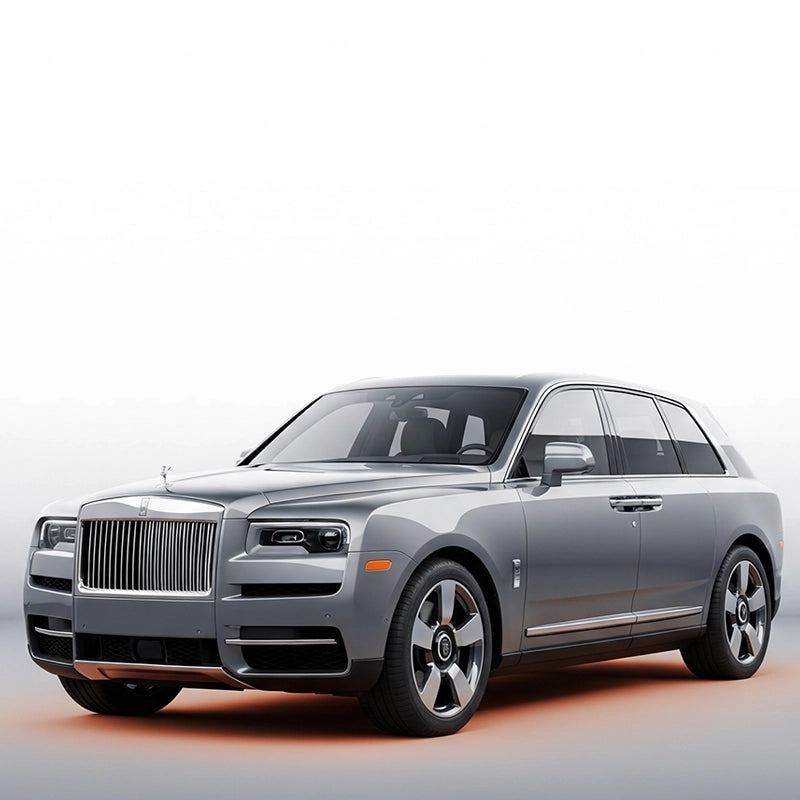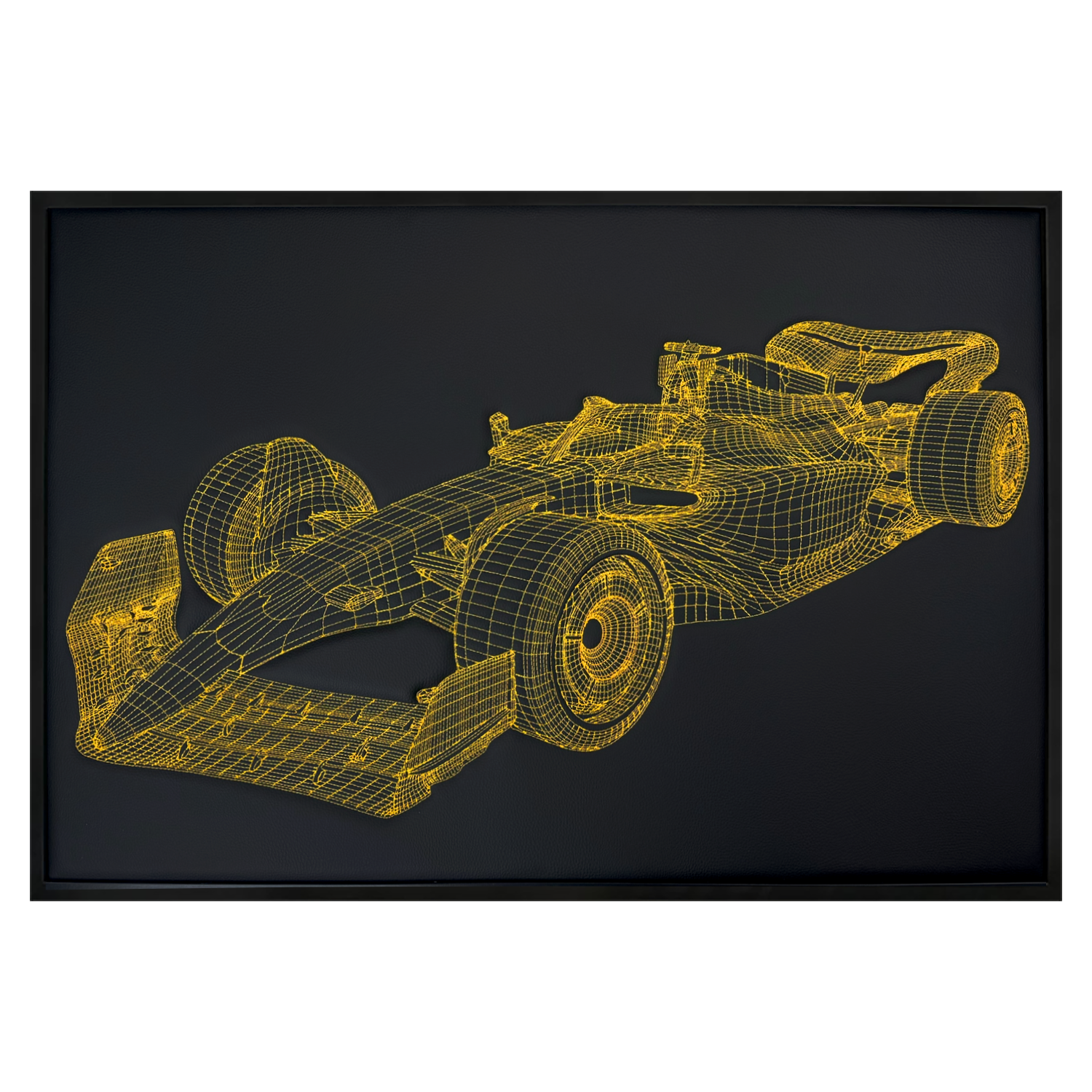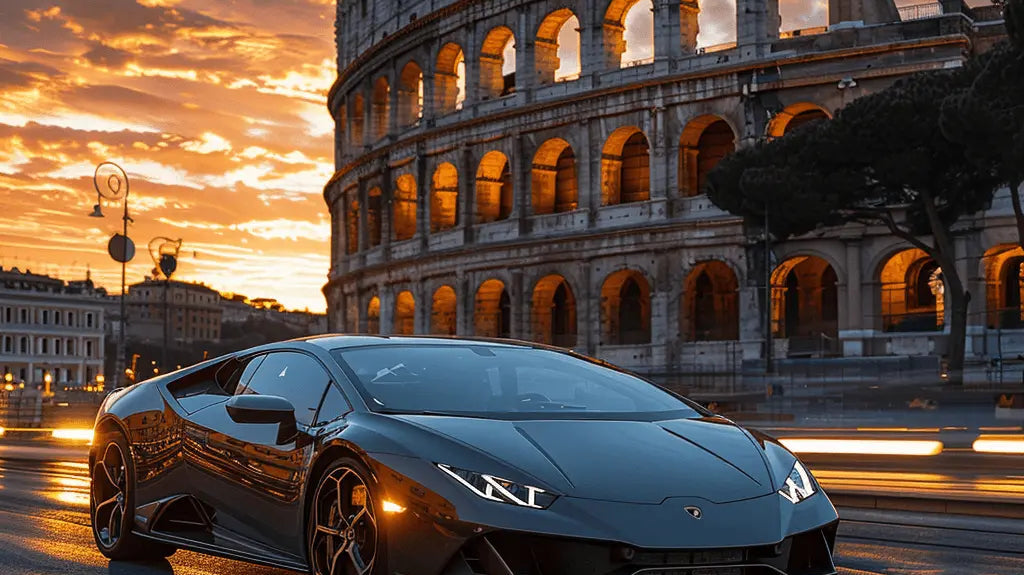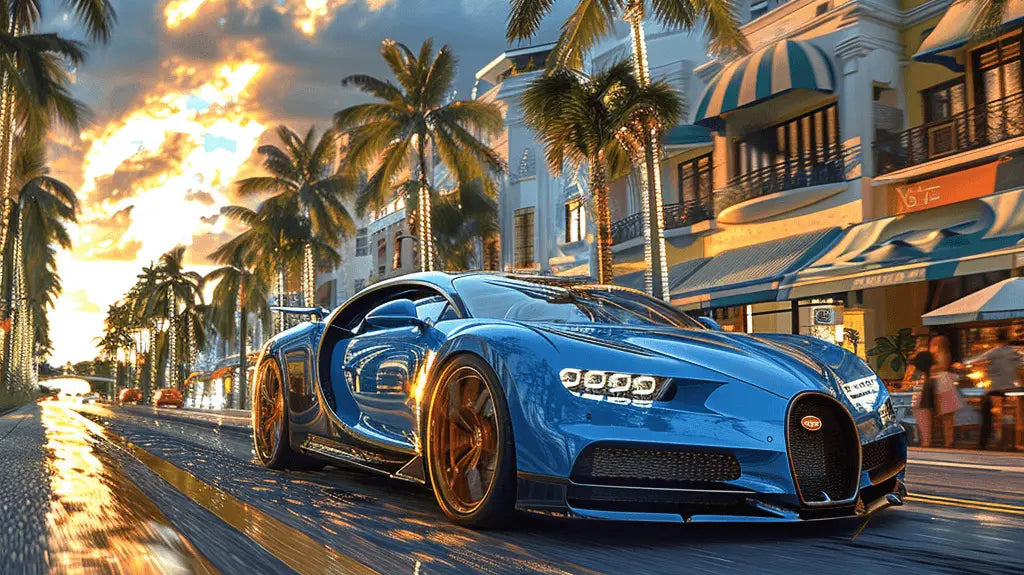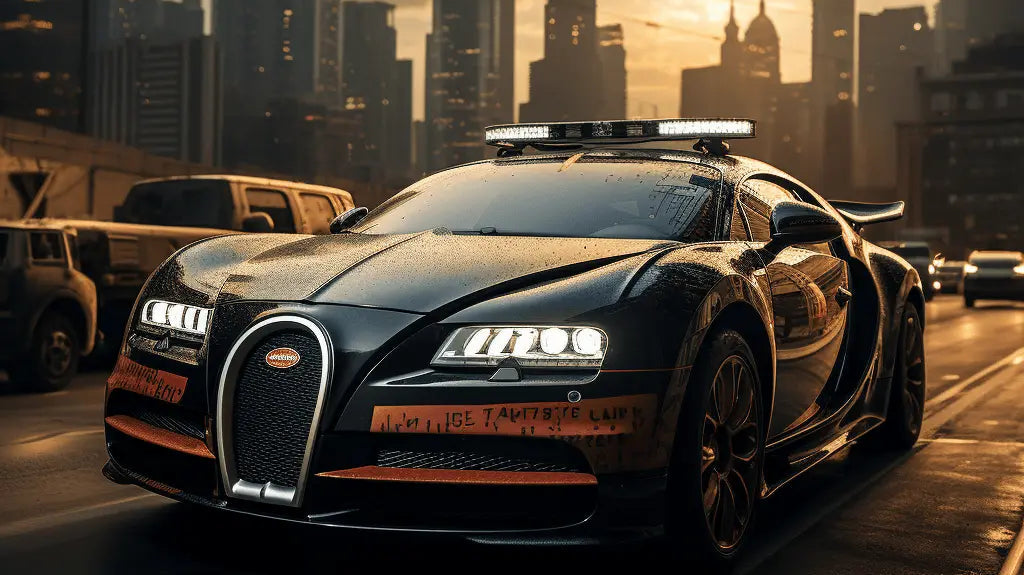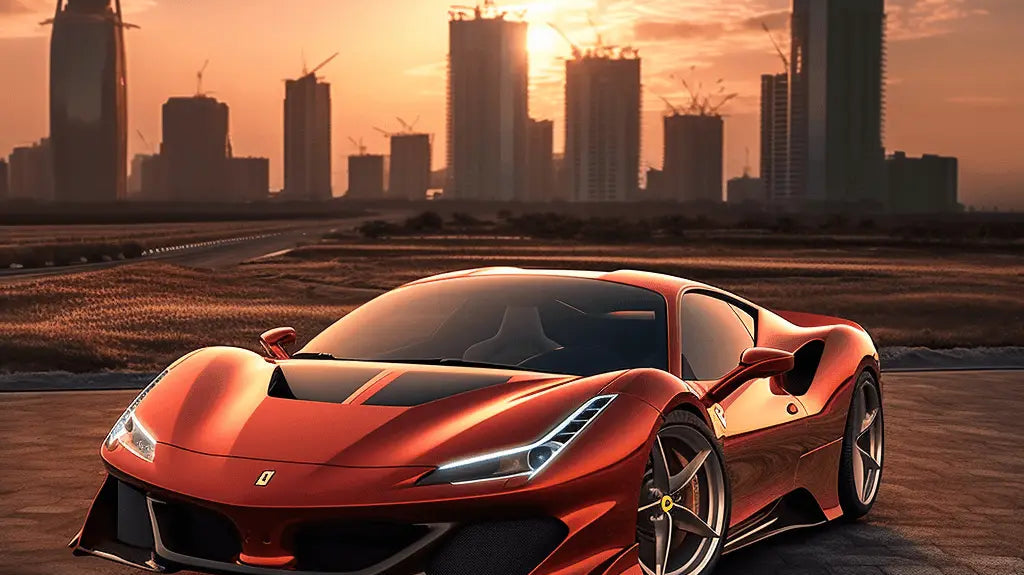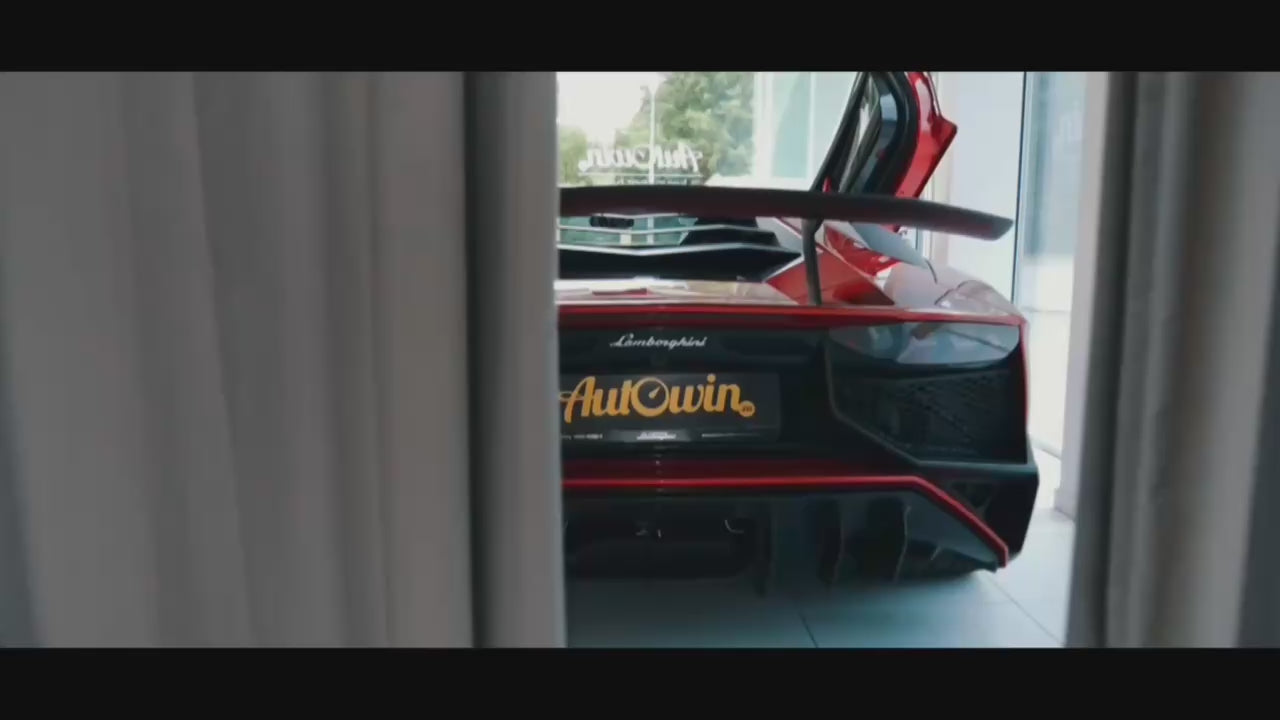Toyota Prius vs. Lohner-Porsche Mixte: The Evolution of Hybrid Cars
I remember the first time I slipped behind the wheel of a Toyota Prius—that eerie, gentle roll-off in EV mode made city traffic feel like swimming in a quiet pool. Years later, standing in front of a Lohner-Porsche Mixte at a museum, I realized the Prius didn’t invent the idea; it perfected it for the masses. So, Toyota Prius vs. Lohner-Porsche Mixte—two hybrids separated by a century, joined by the same stubborn idea: use electricity to make driving smarter.

The Lohner-Porsche Mixte: the original hybrid car that dared first
Back in 1901, Ferdinand Porsche took a look at the future and decided to build it. The Lohner-Porsche Mixte blended a gasoline engine with batteries and electric motors mounted in the wheel hubs. That’s right—hub motors more than a century before your neighbor’s e-bike. It was effectively a series hybrid: the engine acted as a generator to feed the batteries and motors, and it could run in electric-only mode for short bursts. On creaky 1900s roads, it still managed around 35 mph. Not bad for a machine made when horse manure was still a municipal problem.
Key facts about the Lohner-Porsche Mixte
- Power source: Series-hybrid system combining a gasoline engine (as a generator), lead-acid batteries, and electric hub motors.
- Electric-only capability: Could glide short distances without the engine—remarkably forward-thinking for 1901.
- Design innovation: Electric motors in the front wheel hubs cut out a conventional transmission—mechanically simple, conceptually bold.
- Performance: Approximate top speed of 35 mph, with enough torque to pull heavy coachwork of the period.
Toyota Prius: the hybrid that brought electric thinking to everyone
Fast-forward to the late ’90s. Hybrid cars had been a footnote for decades. Then Toyota launched the Prius in Japan in 1997 and rolled it out globally by 2000—the first truly mass-produced hybrid. I’ve driven multiple generations: the early cars felt like science projects that happened to seat five, while the latest one is genuinely quick and quietly stylish. Around town, you’ll creep along in EV mode, the engine whispering in only when needed. On rough roads, I noticed the newer cars handle bumps with more composure, and on long trips the seat ergonomics finally feel grown-up. Not perfect—some infotainment menus still bury useful settings—but the efficiency is real-world brilliant.
Toyota Prius numbers that matter
- Mass production milestone: Global launch in 2000 made the Prius the first mainstream hybrid success story.
- Efficiency: Depending on generation, 46–57 mpg combined is typical; recent models can top 50 mpg without trying.
- Power and pace: Newer Prius models offer up to 194 hp (FWD) with 0–60 mph in the 7–7.5-second range; the Prius Prime plug-in pushes output to around 220 hp with 30–44 miles of EV range depending on spec.
- Tech: Toyota’s Hybrid Synergy Drive uses a power-split device (planetary gearset) to blend engine and electric power seamlessly—no traditional transmission kickdowns, just smooth thrust.
Toyota Prius vs. Lohner-Porsche Mixte: the surprising through-line
On paper, the Toyota Prius and Lohner-Porsche Mixte are worlds apart. One is a modern premium commuter, the other a turn-of-the-century experiment with wooden wheels. Yet they share core principles of hybrid cars: recapture energy, deploy electric torque smartly, and let the engine work when it’s most efficient. The Mixte was a pure series hybrid—engine feeds electricity; wheels are motor-driven. The Prius is a power-split (series-parallel) hybrid, blending both power sources mechanically or electrically as needed. Different routes, same destination: efficiency without giving up usability.
At-a-glance comparison: Toyota Prius vs. Lohner-Porsche Mixte (plus a modern PHEV)
| Vehicle | Hybrid Architecture | Top Speed | EV-Only Ability | Efficiency Snapshot | Claim to Fame |
|---|---|---|---|---|---|
| Lohner-Porsche Mixte (1901) | Series hybrid; engine as generator + hub motors | ~35 mph | Yes (short bursts) | N/A (pre-EPA era) | First practical hybrid car concept |
| Toyota Prius (modern) | Series-parallel (power-split) | 120+ mph (varies by gen) | Yes (low-speed cruising) | ~50–57 mpg combined | First mass-produced hybrid; cultural icon |
| Toyota Prius Prime (modern PHEV) | Plug-in series-parallel | ~110–120 mph | Yes (30–44 miles EV) | EV for short trips, hybrid for long | Bridges daily EV use with road-trip freedom |
Hybrid cars today: choice without compromise
We’re spoiled now. Hybrids and plug-in hybrids cover everything from thrifty commuters to hot hatches and SUVs. If you want to commute in silence and still hit the mountains on the weekend, there’s a hybrid for that. The templates set by the Lohner-Porsche Mixte and the Toyota Prius are baked into everything from compact sedans to luxury SUVs.
The environmental imperative
With cities tightening emissions rules and drivers paying attention to their carbon footprint, hybrid cars offer a pragmatic middle path. You get fewer tailpipe emissions, less fuel burned, and—this matters—no range anxiety. I’ve done 500-mile days in a Prius without thinking about chargers, and still arrived with wallet intact.
AutoWin accessories: small upgrades that make daily hybrid life better
Live with a hybrid long enough and you learn the joy of a clean, quiet cabin. That’s where AutoWin steps in with accessories tailored for electric and hybrid owners. I’ve tossed muddy hiking boots on their liners and watched the gunk rinse right off later—no drama.

- Custom fit: Trimmed to hybrid models—no curled edges, no slipping under pedals.
- Durability: Materials that shrug off daily abuse, coffee spills, and sandy beach runs.
- Eco-minded: Products designed with sustainability in mind, aligning with the spirit of hybrid ownership.
- Style: Clean patterns and stitching that lift the cabin without shouting about it.

Conclusion: Toyota Prius vs. Lohner-Porsche Mixte—two chapters of the same story
The Lohner-Porsche Mixte lit the fuse; the Toyota Prius turned it into a movement. Toyota Prius vs. Lohner-Porsche Mixte isn’t a contest—it’s a lineage. One proved hybrid cars could work; the other proved they could win hearts, minds, and market share. And as plug-ins and full EVs proliferate, that early spark keeps lighting the way forward.
FAQ: Hybrid car questions drivers actually ask
- What was the first hybrid car? The Lohner-Porsche Mixte (1901) is widely credited as the first practical hybrid, using a gasoline engine as a generator to power electric hub motors.
- How does the Toyota Prius hybrid system work? It uses a power-split device to blend engine and electric motor power seamlessly. It can drive on electric power alone at low speeds and harvest energy through regenerative braking.
- What mpg can I expect from a Prius? Most modern Prius models return around 50–57 mpg combined in real-world driving, depending on trim and tires.
- Is a hybrid worth it for mostly highway driving? Yes, though gains are bigger in city use. On the highway, the Prius still sips fuel, and the engine runs near its sweet spot for efficiency.
- What’s the difference between series and parallel hybrids? Series hybrids use the engine only as a generator (like the Mixte); parallel or power-split systems (like the Prius) can drive the wheels with the engine, the motor, or both.

